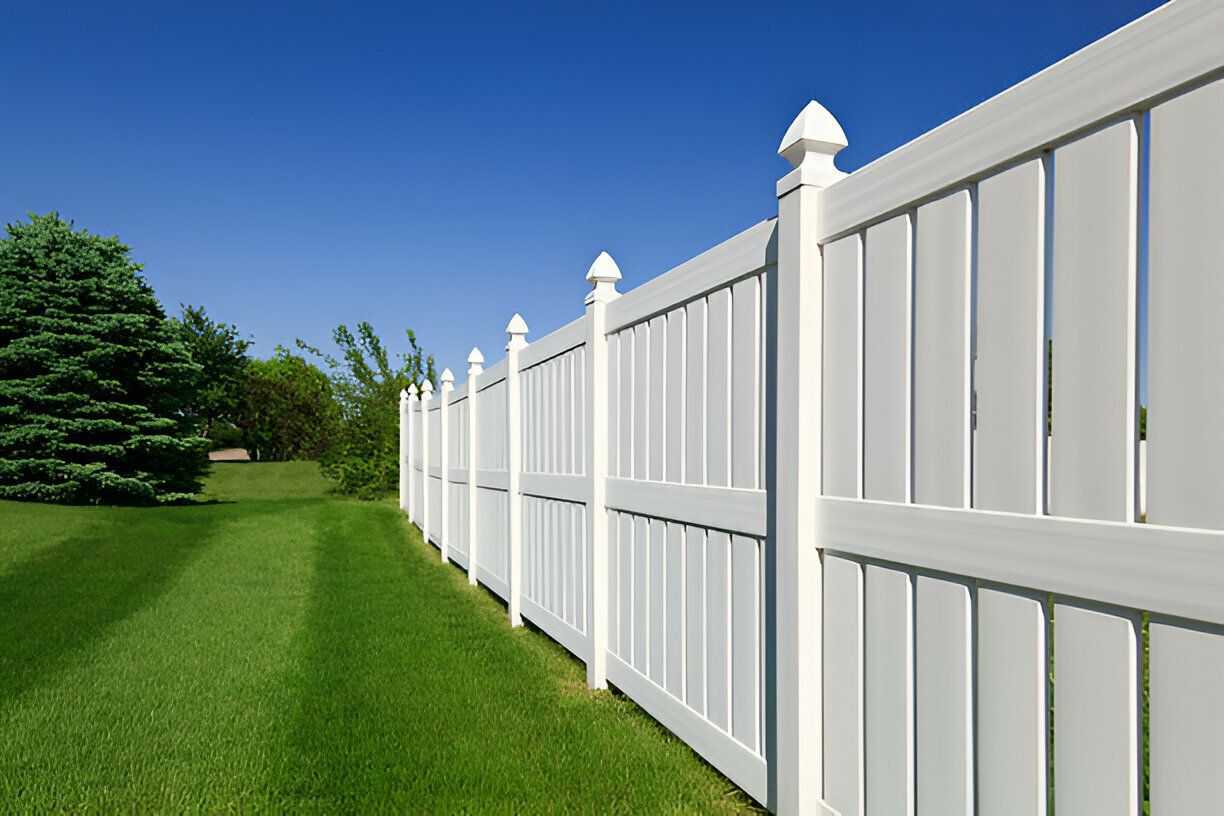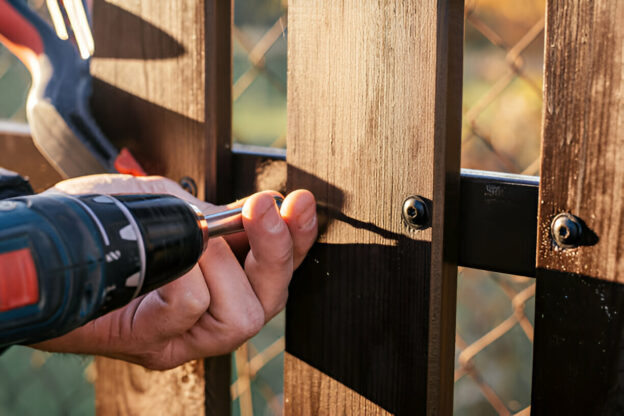Fencing isn’t just about marking boundaries; it’s about enhancing security, privacy, and aesthetics. From classic wooden picket fences to modern metal designs, Fencing offers a plethora of options to suit every need and style preference. In this blog, we’ll explore the world of fencing, discussing its practical benefits, design considerations, and popular materials. Whether you’re looking to boost curb appeal, create a safe play area for kids, or add value to your property, fencing has you covered.
The Practical Benefits of Fencing:
-
Security: One of the primary purposes of fencing is to enhance security and privacy. A well-constructed fence acts as a deterrent to intruders, providing a physical barrier that protects your property and belongings. For homeowners with children or pets, a fence offers peace of mind by creating a safe and enclosed outdoor space.
-
Privacy: Fencing provides a sense of seclusion and privacy, shielding your home and yard from prying eyes. Whether you’re lounging in the backyard, enjoying a barbecue with family and friends, or simply relaxing outdoors, a privacy fence allows you to enjoy your space without worrying about nosy neighbors or passersby.
-
Boundary Marking: Fences serve as clear demarcations of property boundaries, helping to define and distinguish your land from neighboring properties. This can prevent disputes over property lines and ensure that everyone knows where their property begins and ends. For situations requiring short-term solutions, temporary fence rental Dallas services offer an effective way to establish these boundaries without a long-term commitment.
-
Noise Reduction: In urban or suburban areas, fencing can help mitigate noise pollution by acting as a sound barrier between your property and busy streets or noisy neighbors. Solid or high-density fencing materials are particularly effective at absorbing and deflecting sound waves, creating a quieter and more peaceful outdoor environment.

Design Considerations for Fencing:
-
Style and Aesthetics: Fencing contributes significantly to your home’s curb appeal and overall aesthetic. Consider the architectural style of your home and choose a fence design that complements its features. Whether you prefer the rustic charm of a wooden fence, the sleek look of a metal fence, or the low-maintenance appeal of vinyl, there’s a fencing style to suit every taste.
-
Material Selection: The choice of fencing material is critical to both the appearance and functionality of your fence. Common fencing materials include wood, metal (such as wrought iron or aluminum), vinyl, and composite materials. Each material offers unique benefits in terms of durability, maintenance requirements, and aesthetic appeal. Consider factors such as cost, longevity, and maintenance when selecting the right material for your fence.
-
Height and Visibility: The height of your fence will depend on its intended purpose and local regulations. For privacy fences, taller heights are typically preferred to minimize visibility from neighboring properties. However, for decorative or boundary-marking fences, lower heights may be more appropriate to maintain an open and welcoming feel.
-
Gates and Entryways: Don’t overlook the importance of gates and entryways when planning your fence design. Gates provide access to your property and should be both functional and aesthetically pleasing. Consider incorporating decorative features such as arched tops, lattice panels, or ornamental hardware to enhance the visual appeal of your gates.
Popular Fencing Materials:
-
Wood: Wood is a classic and versatile fencing material known for its natural beauty and warmth. Cedar, redwood, and pressure-treated pine are popular choices due to their durability and resistance to rot and insect damage. Wood fences can be customized with various styles, including picket, privacy, and board-on-board designs.
-
Metal: Metal fences offer strength, durability, and security, making them ideal for residential and commercial applications. Wrought iron fences exude elegance and sophistication, while aluminum fences provide a sleek and modern aesthetic. Metal fences are available in a range of styles, from ornate to minimalist, and can be customized with decorative elements such as finials, scrolls, and lattice panels.
-
Vinyl: Vinyl fencing is a low-maintenance alternative to traditional wood and metal fences. It is resistant to rot, decay, and insect damage, making it an excellent choice for humid or coastal climates. Vinyl fences come in a variety of styles and colors, including privacy, semi-privacy, and picket designs, and require minimal upkeep compared to other materials.
-
Composite: Composite fencing combines the natural look of wood with the durability and low maintenance of synthetic materials. Made from a blend of recycled wood fibers and plastic, composite fences are resistant to rot, fading, and warping, making them an eco-friendly and Long-lasting Fencing option. Composite fences are available in various colors and styles, including traditional wood-grain textures and contemporary solid panels.
Fencing is more than just a barrier; it’s a statement of style, security, and functionality. Whether you’re seeking to enhance privacy, define property boundaries, or elevate your home’s curb appeal, there’s a fencing solution to meet your needs. By carefully considering design factors such as material selection, style, and height, you can create a fencing masterpiece that not only enhances your property but also reflects your personal taste and lifestyle. With the myriad options available, fencing allows you to tailor your outdoor space to suit your unique preferences while enjoying the practical benefits it provides.








